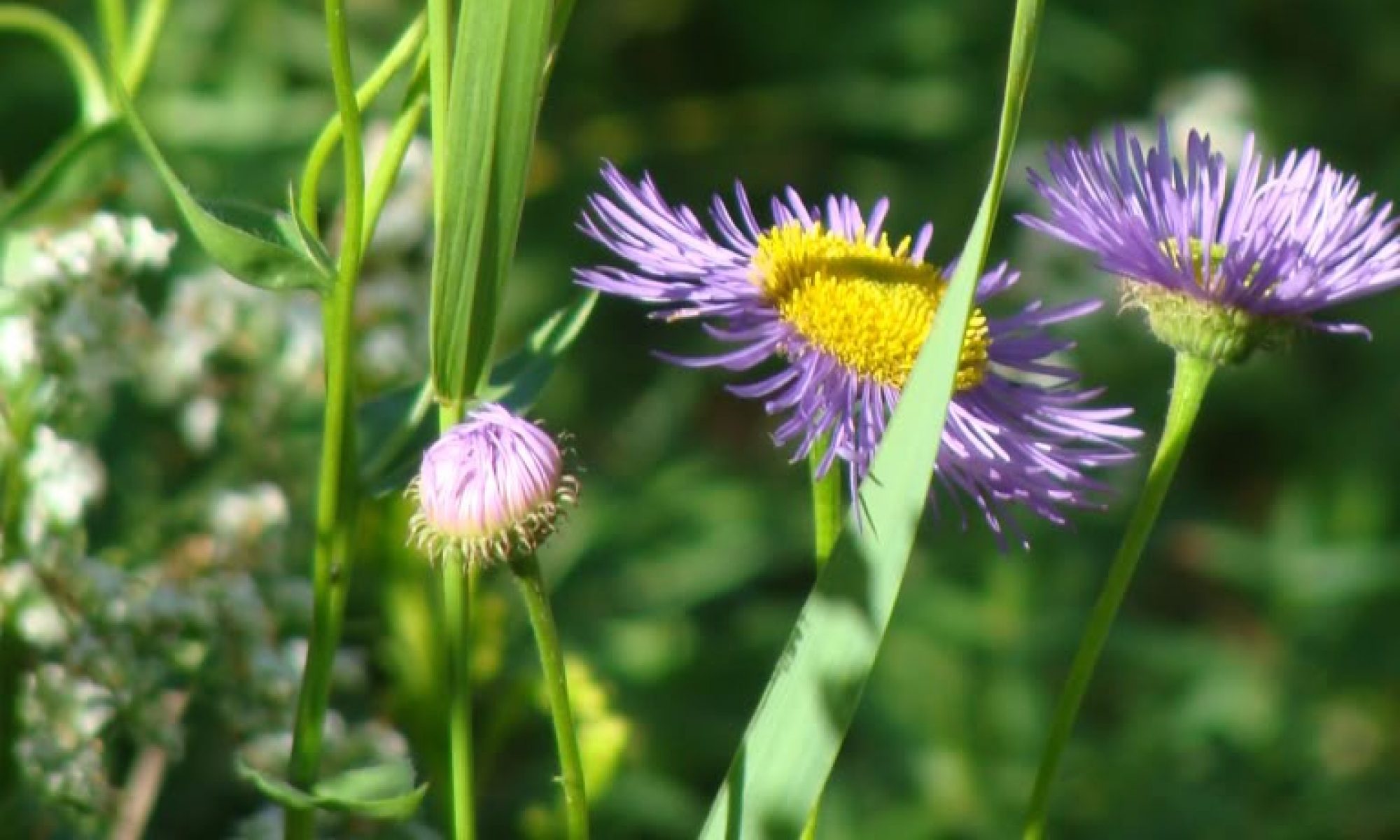I watched a great slideshow featuring native plants of the Olympic peninsula. Many of the plants listed are the same ones native here in Seattle, so it was great to see and hear more about different kinds. There are some new plants added to the list for my little prairie and my woodland, for sure. Find the video HERE.
My strange little prairie garden is growing on me, with the blue lyme grass really filling out and the camas bulbs shooting up around them. There are Collomia grandiflora around them, too, and a few Sidalcea and Achillea that were planted last autumn. It is a fun little experiment.


In the coming months, I plan to add some Lupine and columbines. There are some bulbs I identified in the above-mentioned video that I’d like to add, as well, including death camas and Brodiaea. It might be tricky finding seeds for those, but at least I know what to look for now.
A friend wanted to go up to Sky Nursery just north of my place this weekend. I thought it might be a great time to check out what native goodies I might add to my collection. Boy, was I wrong! There are so many problems with these big nurseries. First, there is no way to know whether systemic pesticides have been used on the plants, so I simply won’t buy them. HERE is a video explaining the dangers of neonicotinoids, if you aren’t aware. Adding plants that have been treated with these chemicals has a high potential to kill pollinators, rather than to help them.
Second, Sky obviously isn’t focused on local native plants. This label was on an oak tree in the paltry native plant area:

Not familiar with this oak, I looked it up–it is native only to California. So, not very useful to local Seattle fauna.
Third, while there were some true Seattle natives–Oregon grape and blue elderberry–just look at the price on this elderberry!

When I got home, I immediately placed a big order with Seattle Native Plants, where gallon-sized trees and shrubs are only $9.00! And 4″ pots are $4.00. And I know they aren’t using chemicals on the plants that would harm the creatures I’m trying to attract!
Here is one of my $4.00 fringecups blooming after a year in the garden. Worth so much more than I paid for it and safe for pollinators!

